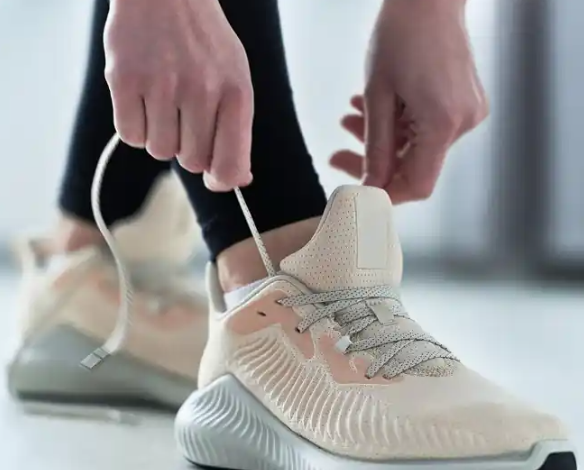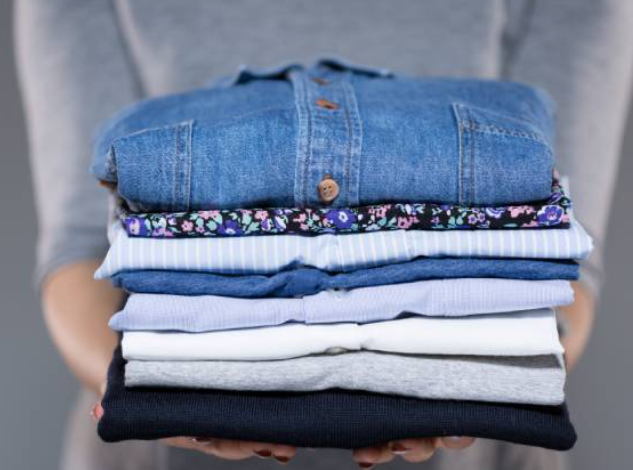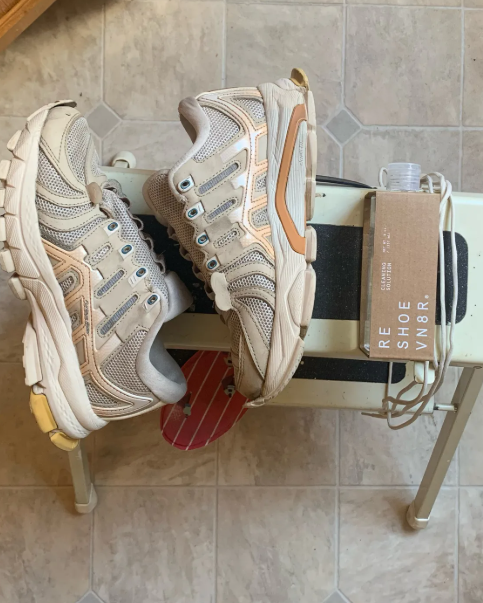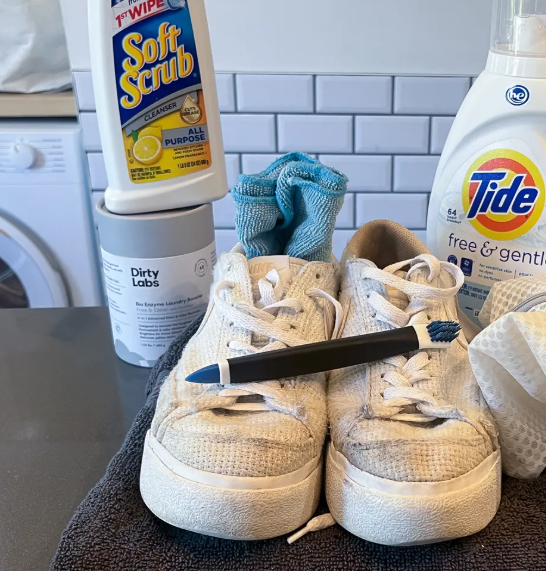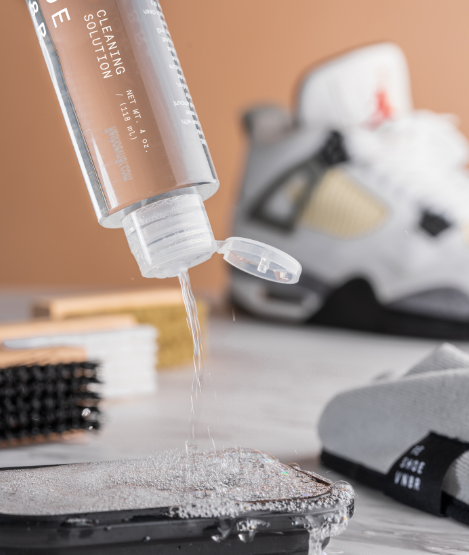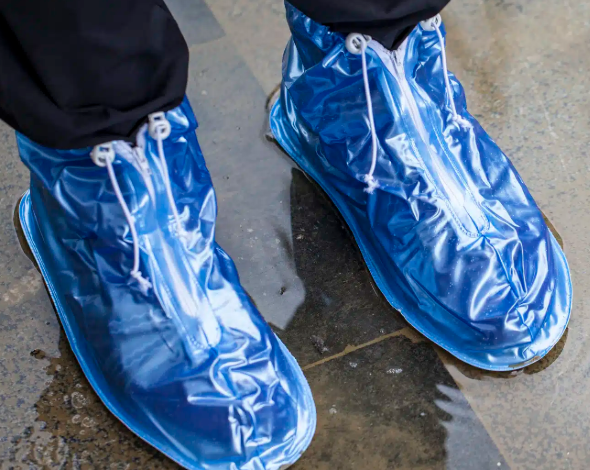
How to Winterize Your Footwear for Cold Weather Protection
As winter approaches, it’s essential to protect your shoes from harsh weather conditions that can cause damage. With a bit of time and the right products, you can ensure your footwear stays in great condition throughout the colder months.
Winterizing your shoes varies depending on their material and construction. Different products work better for certain types of shoes, and the level of effort you put into applying the products can also affect the results. Here’s a guide to help you choose the best products and methods to winterize your footwear, as well as how often you may need to reapply them for optimal protection.
Leather Shoes
Leather is a popular material for shoes, but it needs proper protection to withstand winter weather. Spray-on water protectors are a great option for leather footwear, though those specifically designed for suede or nubuck may not work as effectively. Silicone-based protectants are commonly used for leather shoes, especially those with nailed-on soles. However, be cautious if your leather shoes have glued-on soles, as silicone can dissolve the glue over time. Additionally, silicone can slightly darken light-colored leather shoes.
For a safer alternative, you can use products without silicone, such as Aquatec, Pro-Tex, or Nano Protector. These options provide reliable water protection without the risk of damaging your shoes.
Suede Shoes
Suede requires special care when it comes to winter protection. Many manufacturers offer water protectants specifically designed for suede and nubuck, such as Moneysworth and Best’s Suede and Nubuck Protector. These products help shield the delicate material from water damage without compromising its texture.
Sheepskin Shoes
Sheepskin is a soft and sensitive material that needs a specialized water protector. Before applying any protectant, clean the shoes thoroughly to ensure the spray adheres properly. After applying the first coat, let the shoes dry completely. For maximum protection, you may need to apply a second coat, especially if you plan to wear them frequently in wet conditions.
Sneakers
Protecting sneakers from rain, snow, and slush can be tricky, especially if they have breathable holes that allow air circulation. While water protection sprays can help temporarily, these holes will continue to function as intended, eventually allowing water to seep in. If your sneakers have ventilation, products like Nano Protector work well to provide short-term protection. If your sneakers don’t have vents, you can use standard waterproofing products such as Atsko Silicone Water-Guard for more reliable coverage.
Other Materials and Items
Many shoes are made from materials like canvas, synthetics, or PU, and water protection sprays will work on these as well. If you have other outdoor items like handbags, raincoats, or tents, you can use the same sprays to protect these items from water damage during winter. For long-lasting results, consider using permanent water protection products, which offer strong and durable protection over extended periods. Some of these products require heat activation to ensure they work effectively.
Conclusion
By winterizing your footwear, you can ensure that your shoes last throughout the colder months and maintain their quality. Leather, suede, sheepskin, sneakers, and other materials all have specific protection needs, and using the right products will keep them looking good while safeguarding your feet from the cold and wet weather. Make sure to apply these products regularly for continued protection and enjoy your shoes for many winters to come!

